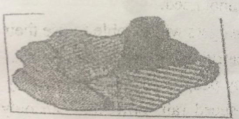题目内容
Why do we use the phrase “杏林高手” (expert in the apricot grove) to describe a highly-skilled doctor. Here is a great story about it.
It’s1.(say) that the phrase was first used to describe Dong Feng, a talented doctor who lived during the Three Kingdoms period (220-280). Dong was so skillful that he could bring2. (die) people back to life. In addition to his amazing skills, Dong also had a kind3.[hɑ?t]. He never asked for payment from his 4.(patient). Instead, he asked them to plant apricot( 杏 ) trees in his orchard( 果园 ) 5. they recovered from their illness - five trees if they were seriously ill, or just one tree if the illness was mild(轻微的).
As Dong saved more people’s lives, 6. number of apricot trees in his orchard grew. Over time, it became a large and beautiful grove( 树 林 ). Dong decided that people could come to the grove with grain and exchange it for7.[fre?] apricots. Very soon his barn( 谷仓 ) was filled
8.grain, which Dong then gave away to poor people.
Dong’s story became 9.(wide) known after he passed away. Doctors in later dynasties( 朝代 ) did the same things Dong did in order to show their10.[r??spekt] for him. Gradually, people started to use “expert in the apricot grove” to describe doctors who were talented and had strong morals(品行).
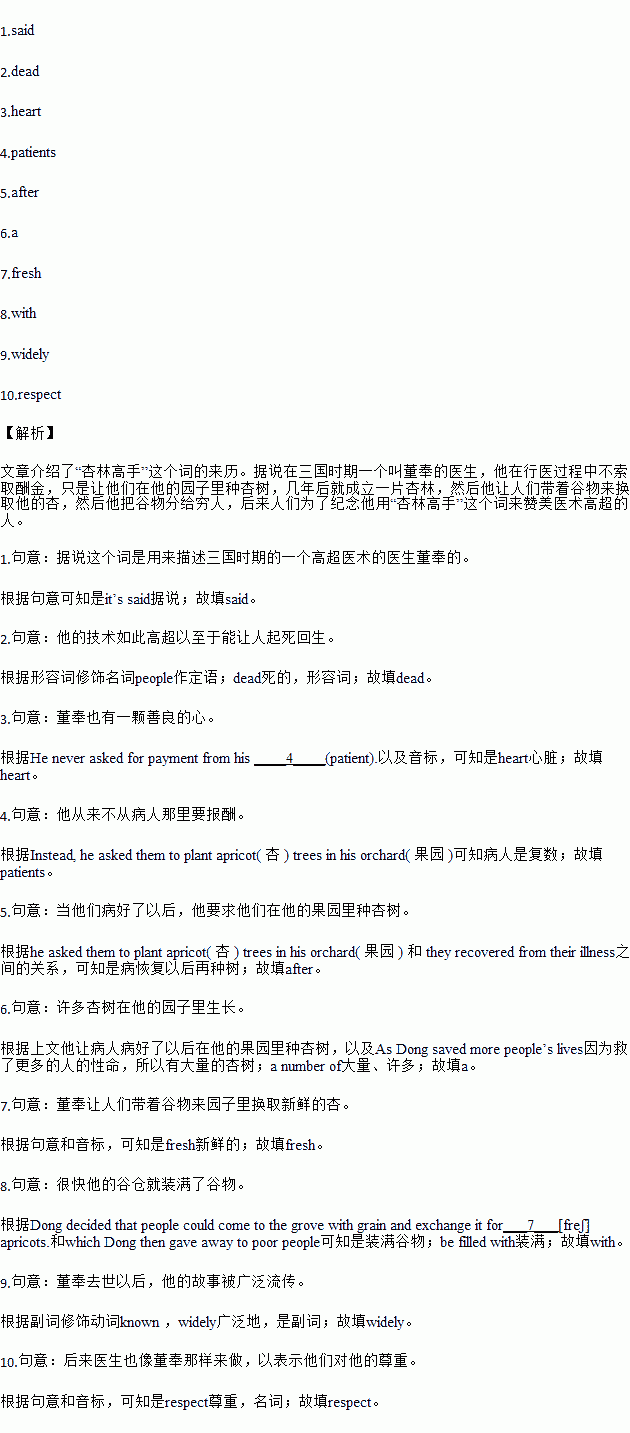

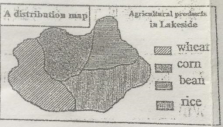
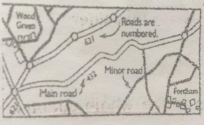 B.
B.
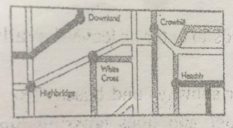 D.
D.